
(Photo/The Institute of Vertebrate Paleontology and Paleoanthropology of the Chinese Academy of Sciences)
Chinese scientists recently discovered the fossils of the Himalayasaurus in the Tibet autonomous region, making it the second time they have found similar fossils on the Qinghai-Tibet Plateau since the 1960s, China Central Television reported.
As part of the second comprehensive scientific expedition to the Qinghai-Tibet Plateau, scientists from the Institute of Vertebrate Paleontology and Paleoanthropology of the Chinese Academy of Sciences arrived in Lhasa in January, kicking off a round of scientific expeditions on Mesozoic marine vertebrates.
After months of arduous field investigations, they discovered the fossils of Himalayasaurus dating to the Triassic Period in Dingri county of the region, about 100 kilometers from the mountaineering base camp of Mount Qomolangma (Mount Everest), the world's highest peak.
Chinese researchers first found fossils of the species in the 1960s during an investigation in the Qomolangma area. Geologically, the region rose from the deep sea because of a collision of tectonic plates.
As a prehistoric deep-sea predator, the Himalayasaurus, a reptile that dominated the sea 210 million years ago, before dinosaurs ruled on land.
The fossils of Himalayasaurus have only been found in a few places in the world, including the margin of North America, the Alps in Europe and the Himalayas in China. Therefore, the understanding of paleontologists is still limited.
"The fossils contain well-preserved vertebrae and ribs, which were rare in previous finds," Wang Wei, an associate research fellow at the institute, was quoted as saying by the Xinhua News Agency.
The cross-section of a human vertebra is about the size of a coin, while the cross-sections of the recently discovered vertebrae are about the size of a baseball cap, Wang said.
In the future, Wang's research team will focus on some questions. How did the Himalayasaurus got so big? What kind of habits did it have? Which part of the globe was it most closely related to during its time?














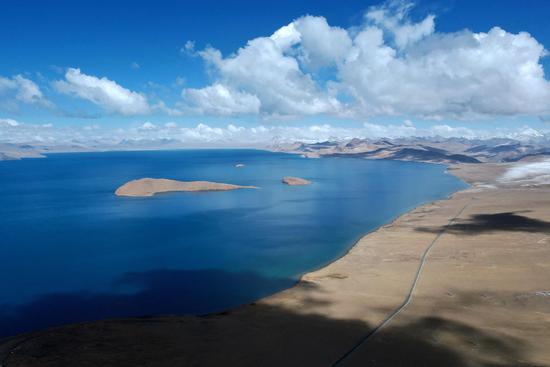




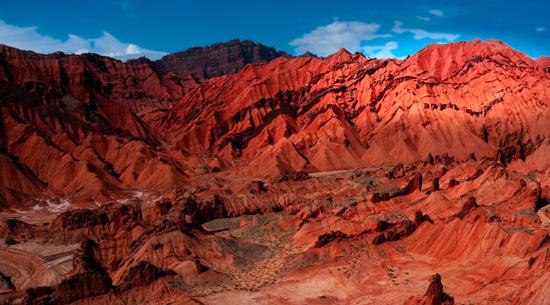


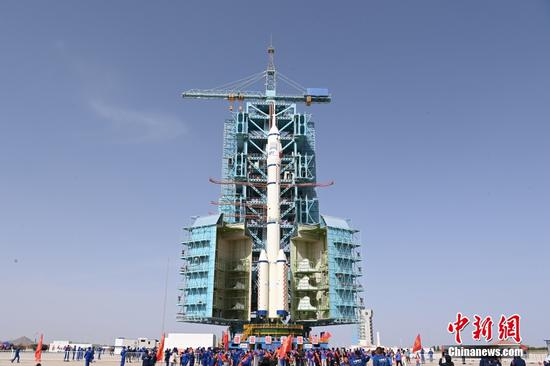

















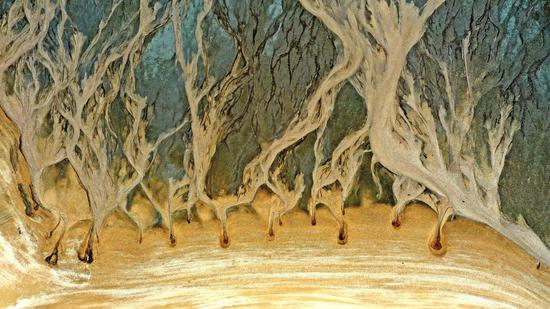


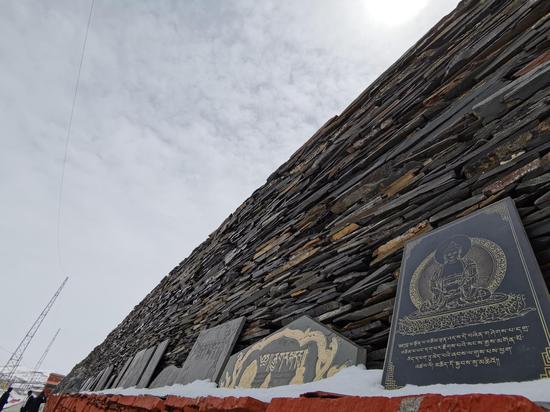






 京公网安备 11010202009201号
京公网安备 11010202009201号